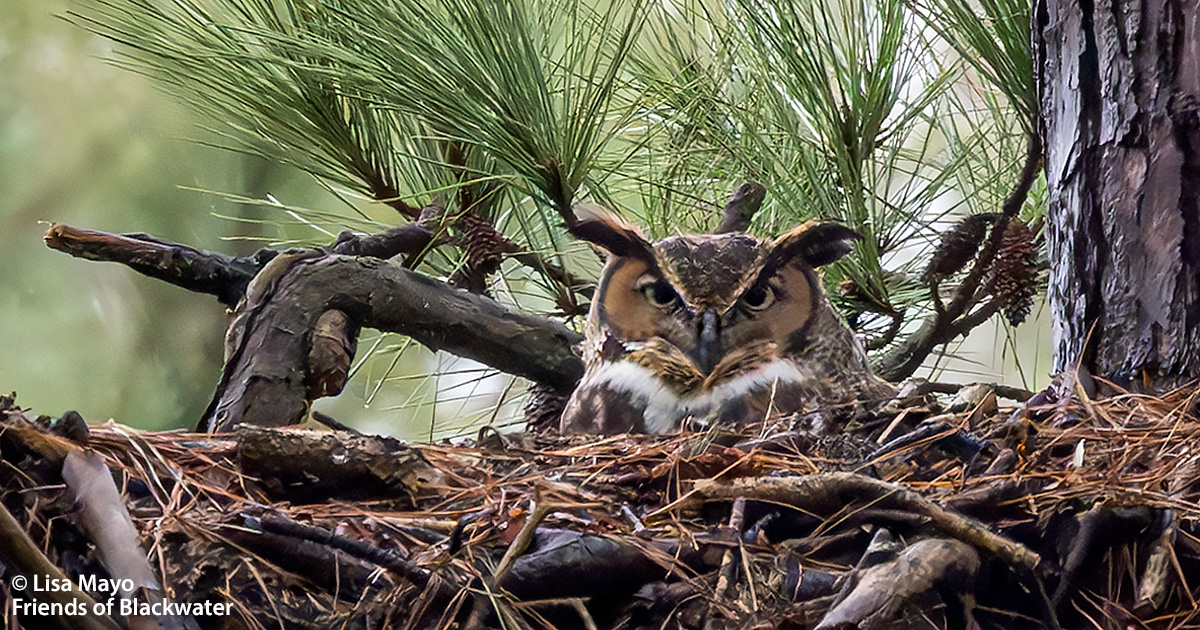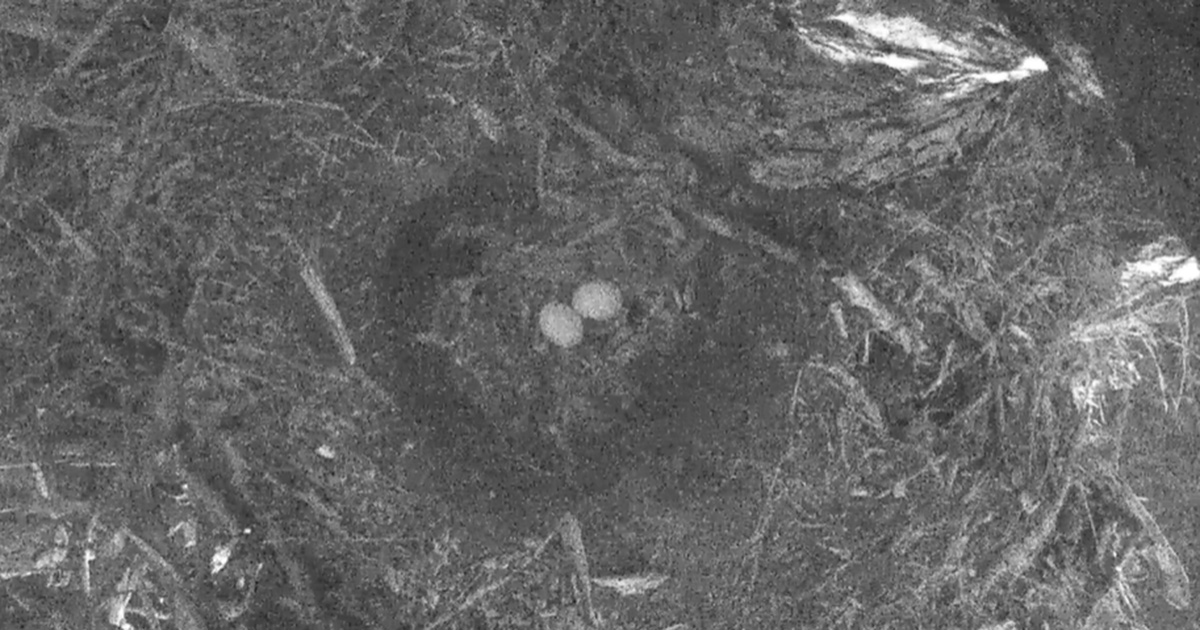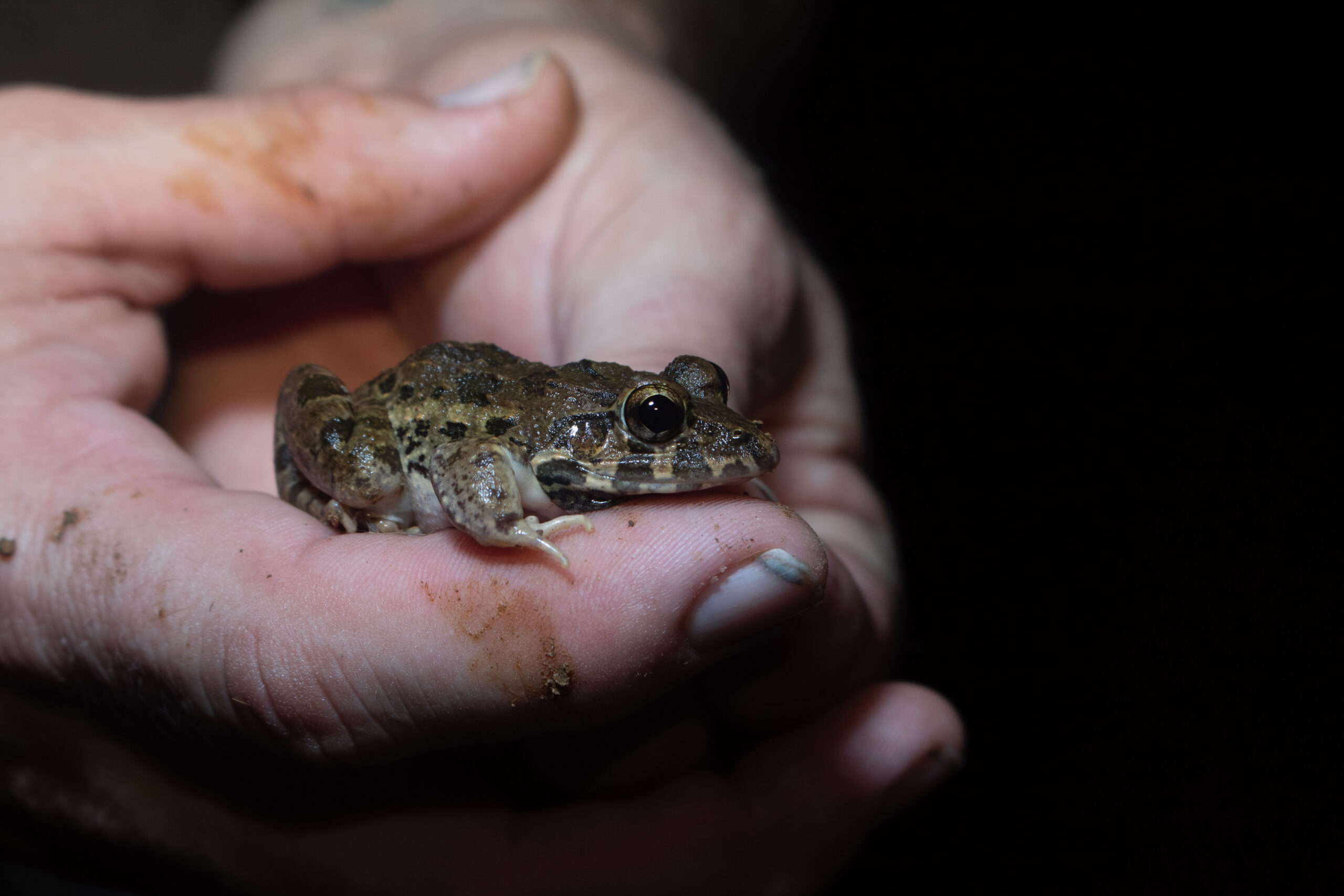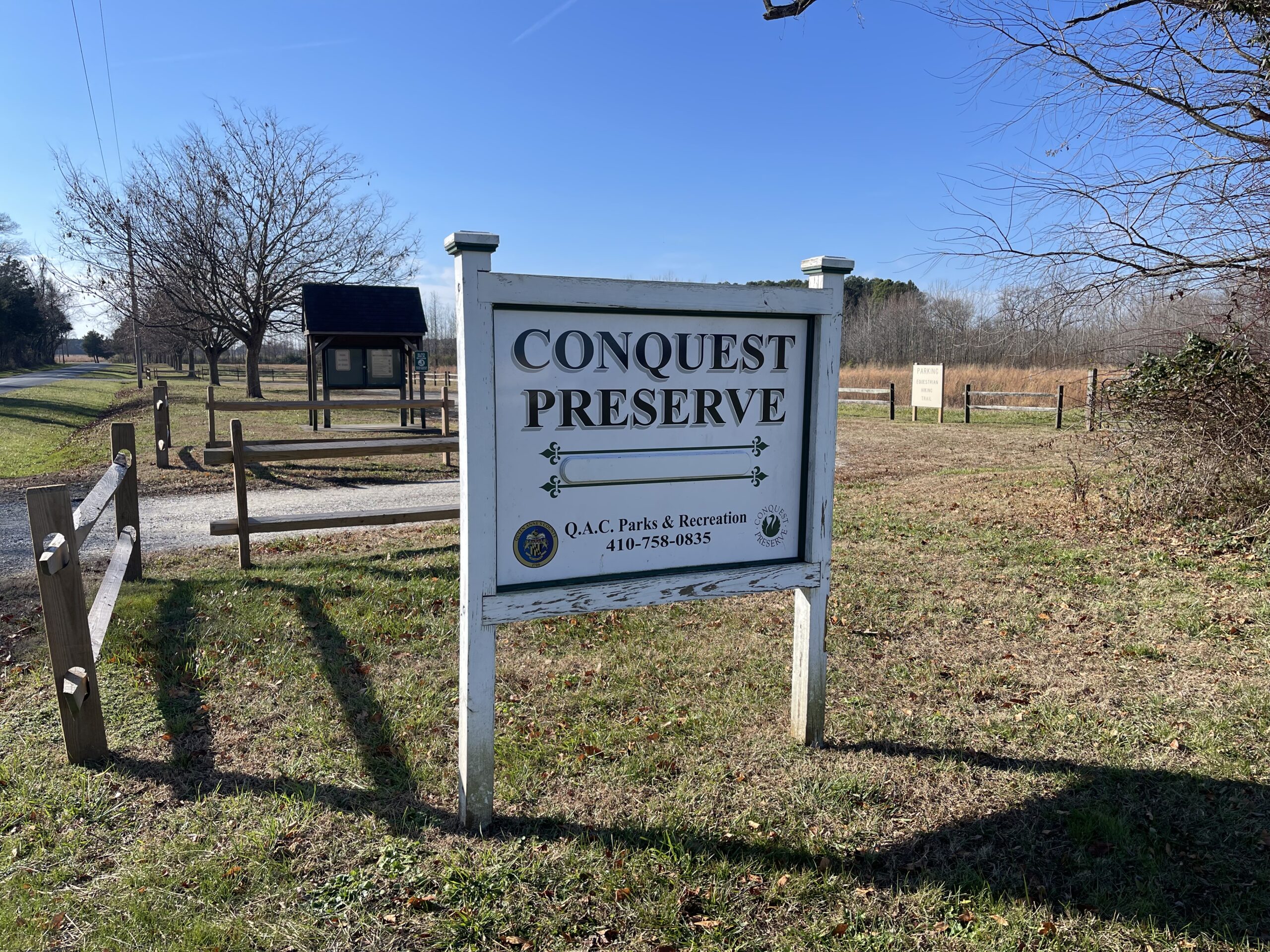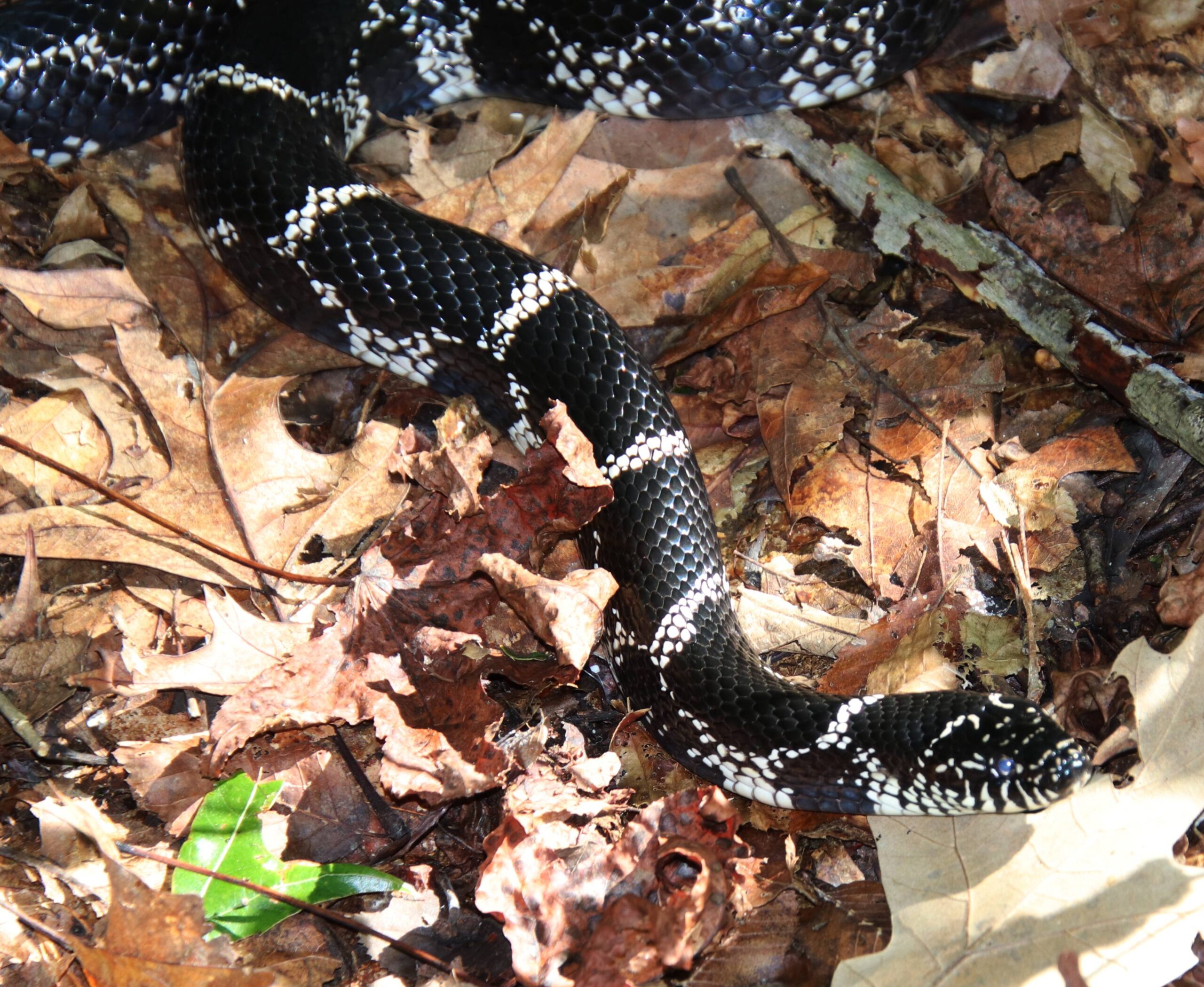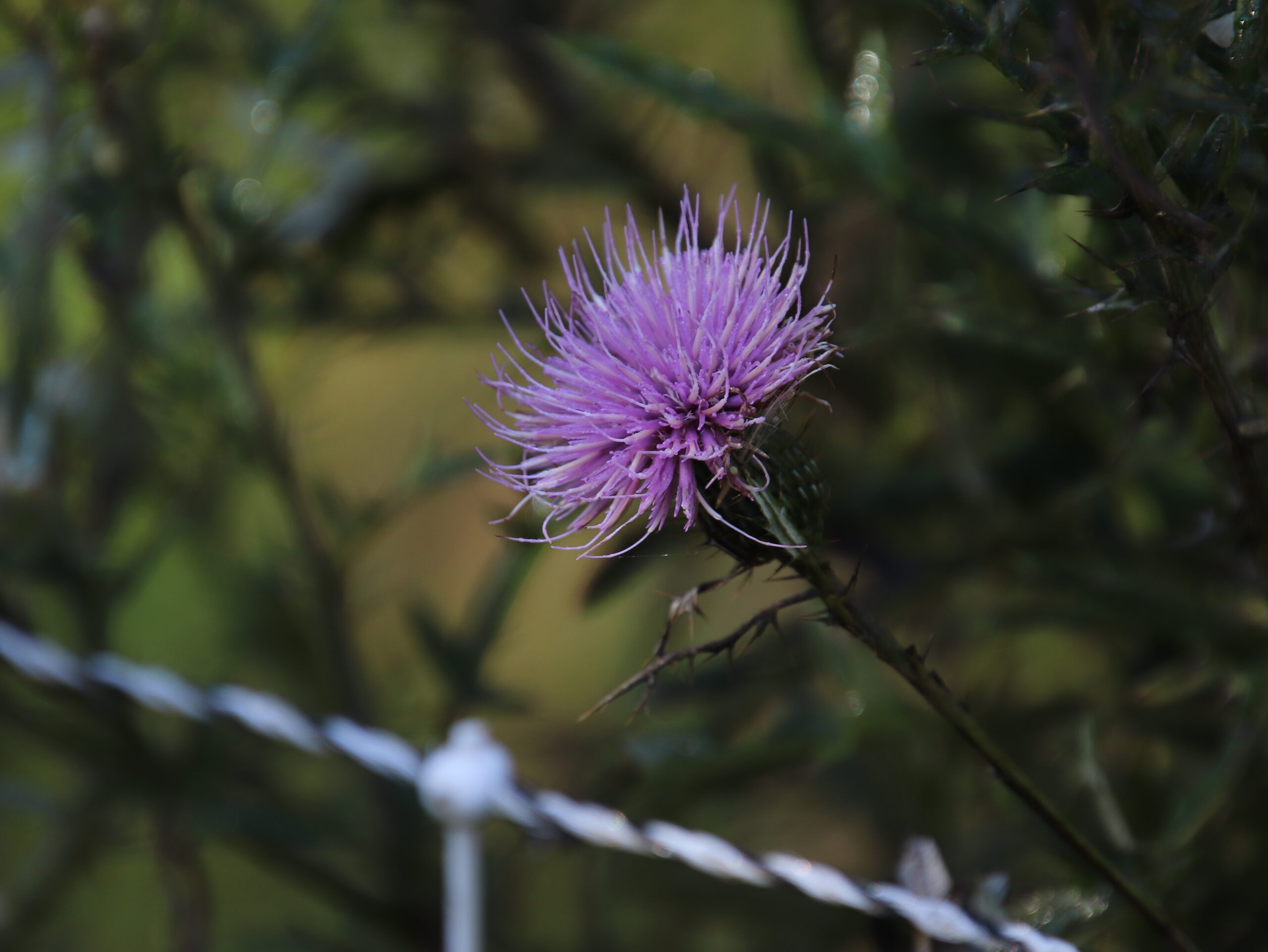
Florida and Caribbean version of the blue land crab. Photo US Government.
GRACE CREEK ALMANAC – It’s been just about exactly a year since my writing about blooming locust trees and their relationship with crabs.
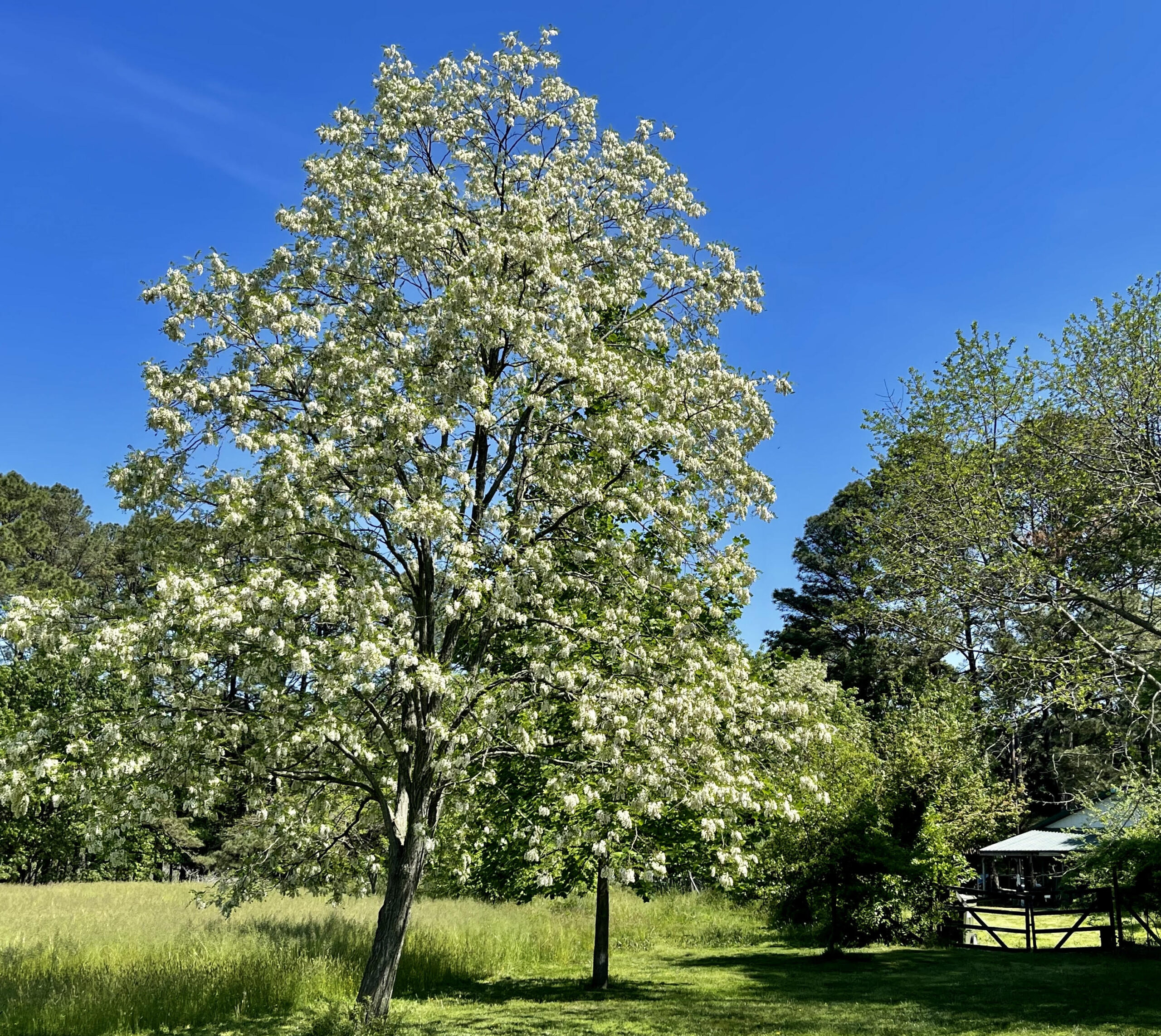
Locusts, once valued by farmers for livestock fence posts, are blooming bold now, signaling the first shed of the 2024 crab season. Photo by Dennis Forney
Watermen here in the mid-Atlantic forever have equated locust blooms with the season’s first run of peeler crabs. The first shed. That means soft crabs are right behind. Some say it might have to do with the fact that this point in spring when locusts bloom coincides with water temperatures reaching a level that triggers the first shed. Good a guess as any; probably better than most.
Trotliners and potters here in the middle Chesapeake have just finished the first month of the 2024 season that opened April 1. It takes a while for the harvest to pick up speed but until the supply ticks up a good bit the crabs being caught are bringing watermen $200 per bushel at the dock. When they’re catching, they’re smiling.
Bushel-loaded refrigerated trucks are leaving daily heading eastward to Ocean City, westward to Baltimore and other regional venues to meet the needs of feasters jonesing to crack fresh and spicy steamed crabs after a long winter.
Results of the winter crab dredge survey, a good predictor for how strong a harvest we may see this year, usually get published in May. Stay tuned.
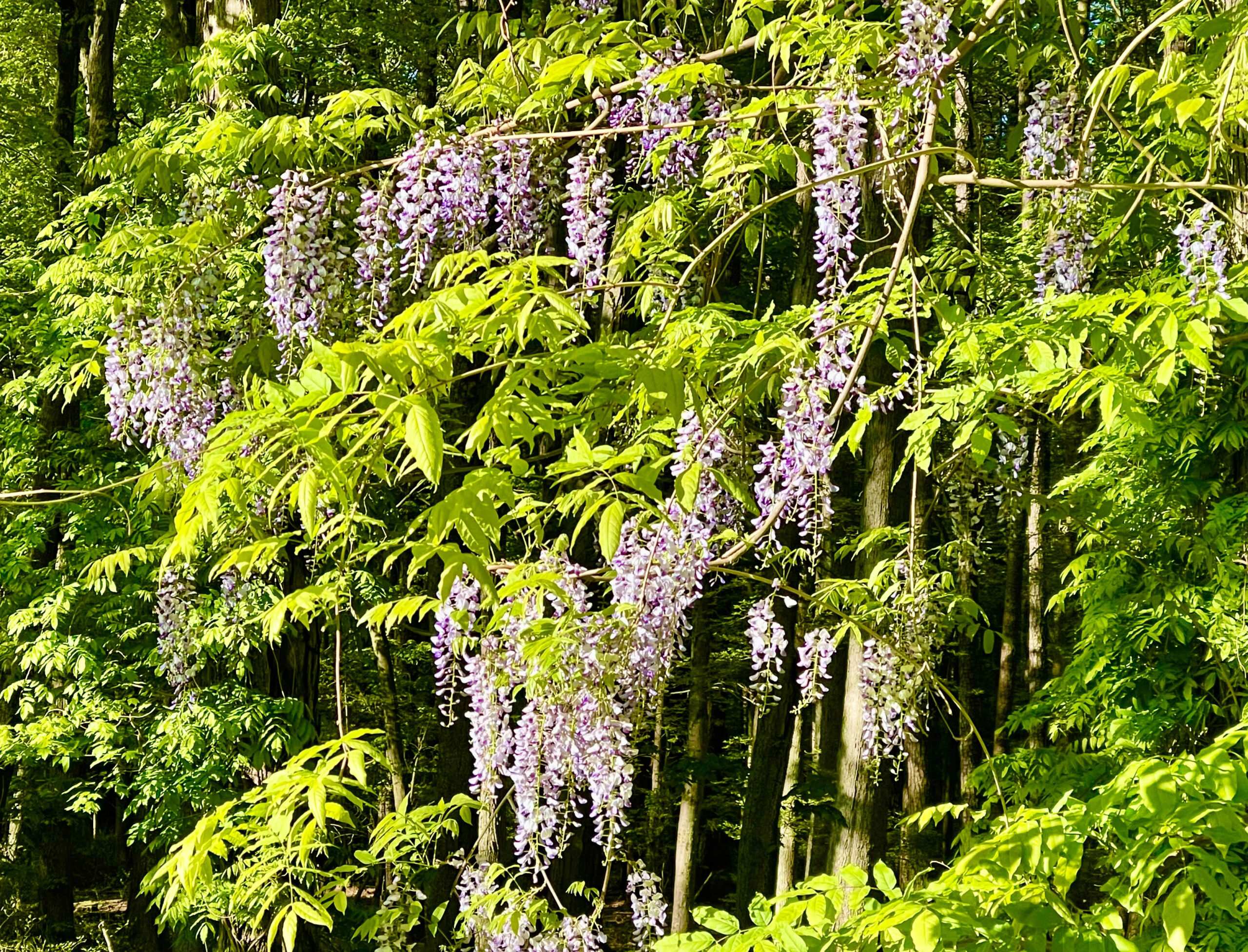
Wisteria vine blooms in an Eastern Shore woods. Photo by Dennis Forney
As for wisteria – their vines and purple flowers currently festooning area woods – there’s no relationship that I know of between those blooms and oysters. But we do know that the wild oyster season for the year concludes a month or so before wisterias typically bloom.
The close of the wild season for oysters is usually welcomed by watermen cultivating leased oyster beds. They are allowed to harvest and sell their oysters any time of the year. This time of year usually sees bushel prices at least $10 more than during the wild season which makes oyster farmers happy. Simple matter of supply and demand. Demand for oysters is still decent amidst tightening supplies.
Maryland Department of Natural Resources spokesman Gregg Boortz provided the following information about harvests on leased bottom in Maryland’s portion of the Chesapeake: “Maryland currently has 466 leases with 7,478.48 acres of state waters leased for commercial shellfish aquaculture; 6,964.32 acres of that total for submerged land leases (growing shellfish directly on the seafloor) and 514.16 acres of water column leases (growing shellfish in cages or other containers in the water).”
Figures he supplied show that Maryland harvests of aquacultured oysters have grown steadily from 3,340 bushels in 2012 to 94,257 bushels in 2022.
“2023,” he said,” is still being completed but looks to be on track with the upward trend of the past few years.”
Back to blue crabs for a final note, but not in the Chesapeake.
On a winter trip to St. John in the US Virgin Islands back in February, a couple of us hiking the low mountains of the Virgin Islands National Park came across a NO CRAB HUNTING sign. Hadn’t heard of crab hunting before but it apparently refers to the large blue land crabs that clatter across remote roads at night.
Here’s what the Wild South Florida website says about blue land crabs that haunt mangrove regions abundant in Florida and other parts of the Caribbean: “The blue land crab is exploited as a food source throughout the Bahamas and the Caribbean,” according to UF/IFAS. “They are particularly popular in the Caribbean, thrown in a pot with some seasoning, allegedly tasting a lot like the blue crabs found in Chesapeake Bay.”
I’ve never tasted a blue land crab so will reserve judgment on the quality of their flavor. But as we denizens of the mid-Atlantic region know, the meat of this region’s blue crabs is pretty hard to beat.
Dennis Forney has been a publisher, journalist and columnist on the Delmarva Peninsula since 1972. He writes from his home on Grace Creek in Bozman.




